Ammonia Solution Tech 0.88 SG
$118.63
Chemical Properties
Ammonia (NH3) is a colourless gas with a sharp and pungent odour, characteristic of drying urine. It can be highly corrosive, particularly to copper and galvanised surfaces.
It easily forms a solution when mixed with water, due to strong hydrogen bonding. In solution, the boiling point is -33°C and melting point is -77°C. The characteristic odour can be masked by adding sodium bicarbonate or acetic acid, to form an odourless ammonium salt.
When in solution, ammonia is miscible with a wide variety of solvents, including alcohol, chloroform, ether and water. The maximum concentration of ammonia in water (giving a saturated solution) is 33% ammonia, with a density of 0.88 g/cm 3. This is known as 0.88 SG.
Mixed with oxygen, ammonia gives a yellow/green flame, and at high temperature it can be decomposed to its individual components, nitrogen and hydrogen.
Ignition can occur in the presence of chlorine, to form nitrogen and hydrogen chloride. Under certain circumstances, the explosive nitrogen thrichloride (NCl3) can be formed.
Is Ammonia a Base or an Acid?
Ammonia is generally considered a weak base, and can easily combine with strong acids to form salts containing the NH4 ion. For example, with nitric acid, it forms ammonium nitrate and with hydrochloric acid it form ammonium chloride.
NH3 HNO3 → NH4NO3
NH3 HCl → NH4Cl
However, ammonia can also behave as a weak acid and react with stronger bases. In this case, it forms amides containing the NH2– ion. Lithium, for example, produces a lithium amide in liquid ammonia.
2Li 2NH3 → 2 LiNH2 H2
We Supply a Wide Range of Clients
We are a chemical manufacturers based in the UK, supplying many different clients, from small industries to well-known names in power generation, pharmaceuticals or environmental sciences.
Please contact us for a quote or a technical question and a member of customer service team will be glad to help.
Chemical Properties
Ammonia (NH3) is a colourless gas with a sharp and pungent odour, characteristic of drying urine. It can be highly corrosive, particularly to copper and galvanised surfaces.
It easily forms a solution when mixed with water, due to strong hydrogen bonding. In solution, the boiling point is -33°C and melting point is -77°C. The characteristic odour can be masked by adding sodium bicarbonate or acetic acid, to form an odourless ammonium salt.
When in solution, ammonia is miscible with a wide variety of solvents, including alcohol, chloroform, ether and water. The maximum concentration of ammonia in water (giving a saturated solution) is 33% ammonia, with a density of 0.88 g/cm 3. This is known as 0.88 SG.
Mixed with oxygen, ammonia gives a yellow/green flame, and at high temperature it can be decomposed to its individual components, nitrogen and hydrogen.
Ignition can occur in the presence of chlorine, to form nitrogen and hydrogen chloride. Under certain circumstances, the explosive nitrogen thrichloride (NCl3) can be formed.
Is Ammonia a Base or an Acid?
Ammonia is generally considered a weak base, and can easily combine with strong acids to form salts containing the NH4 ion. For example, with nitric acid, it forms ammonium nitrate and with hydrochloric acid it form ammonium chloride.
NH3 HNO3 → NH4NO3
NH3 HCl → NH4Cl
However, ammonia can also behave as a weak acid and react with stronger bases. In this case, it forms amides containing the NH2– ion. Lithium, for example, produces a lithium amide in liquid ammonia.
2Li 2NH3 → 2 LiNH2 H2
We Supply a Wide Range of Clients
We are a chemical manufacturers based in the UK, supplying many different clients, from small industries to well-known names in power generation, pharmaceuticals or environmental sciences.
Please contact us for a quote or a technical question and a member of customer service team will be glad to help.

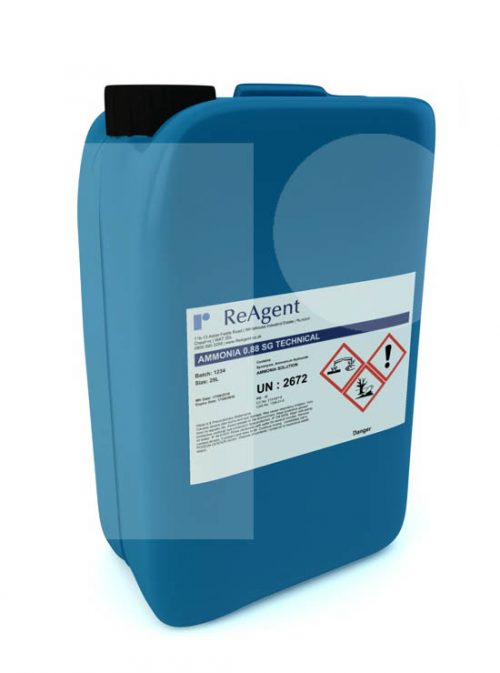
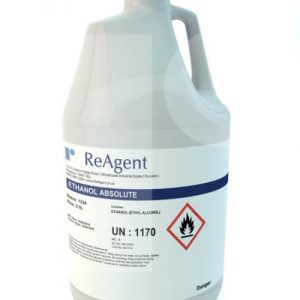
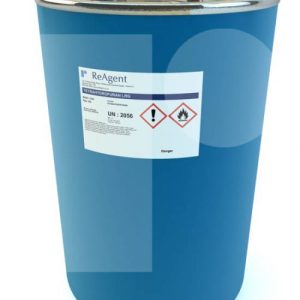
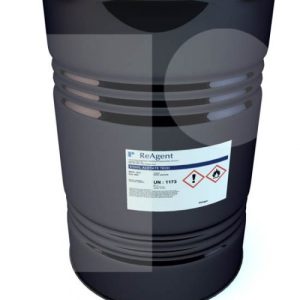
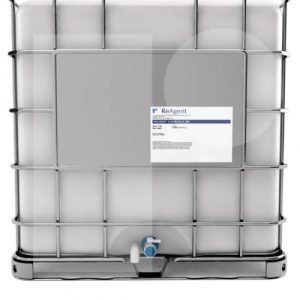
There are no reviews yet.